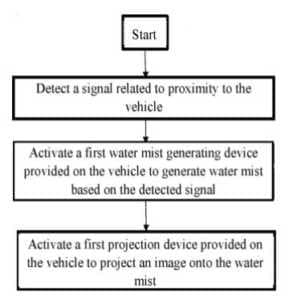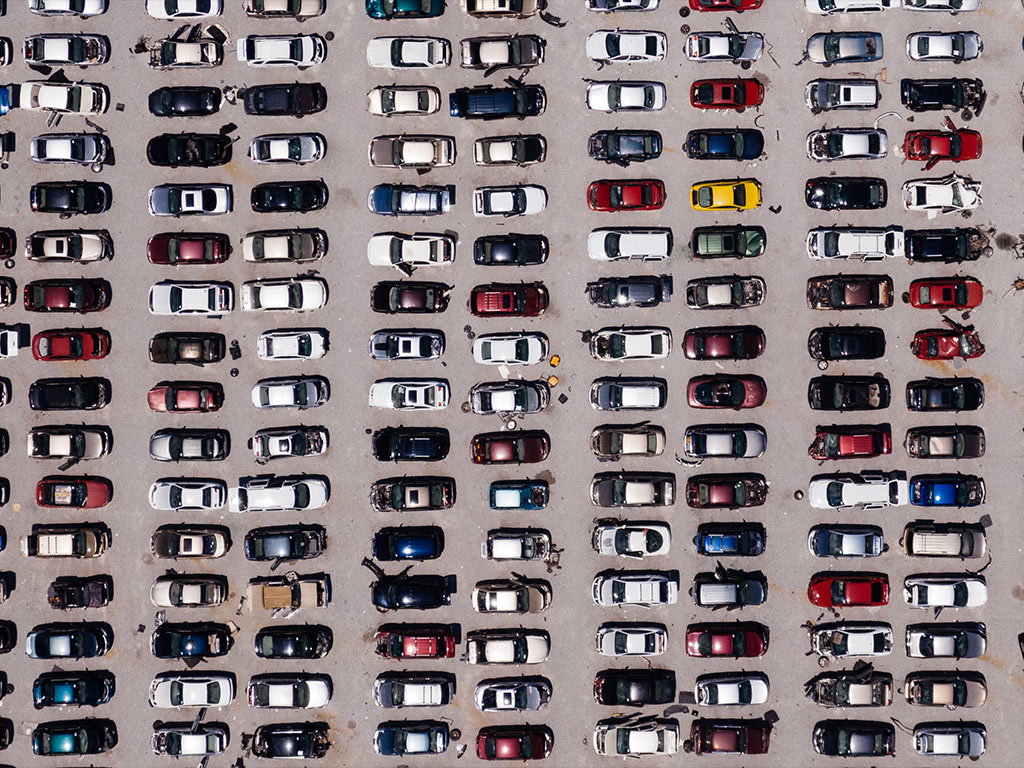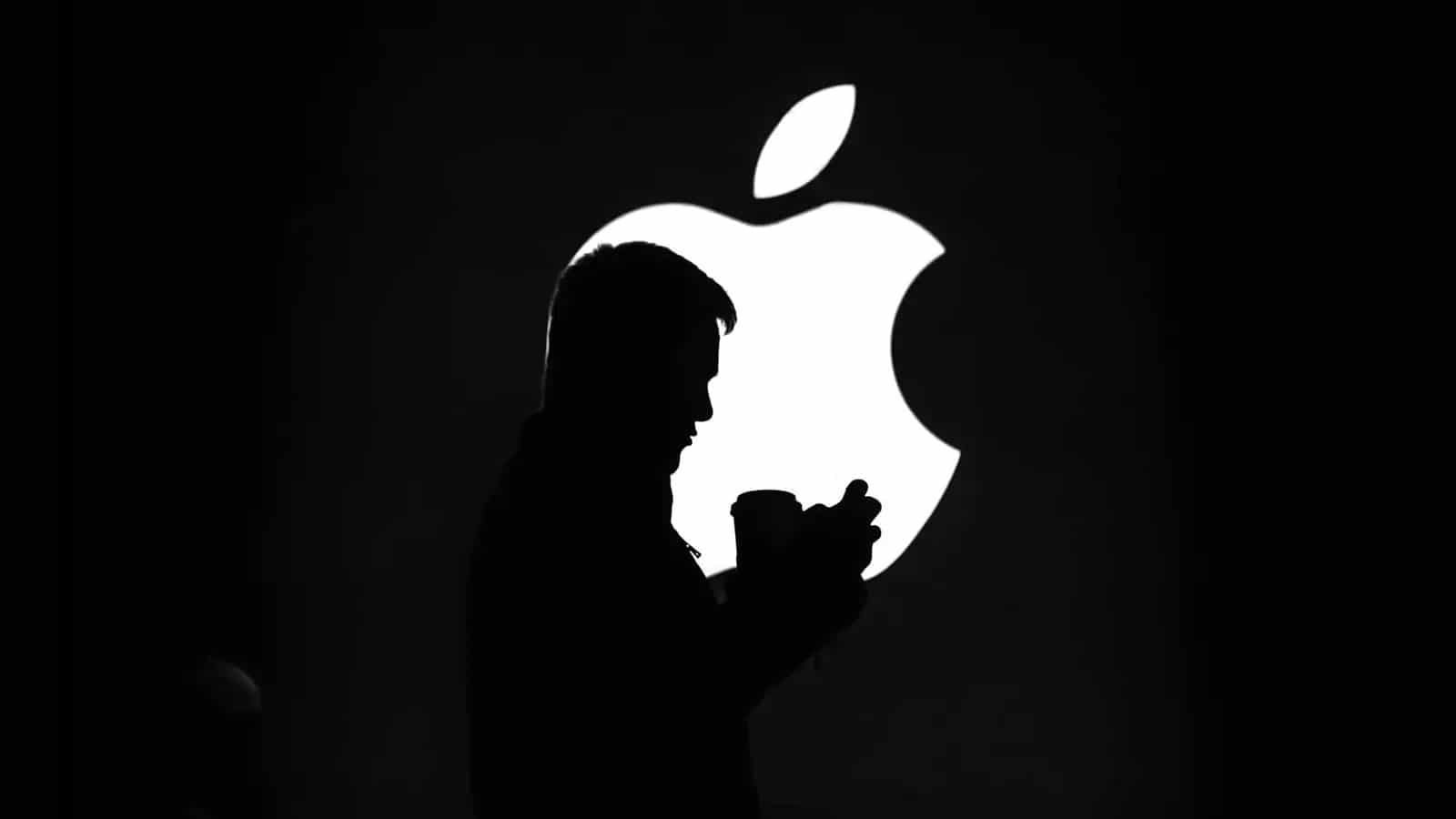A patent application from Michigan-based auto giant Ford features a holographic projection system that uses water mists to help people find their parked cars.
Holograms are virtual three-dimensional images formed when a laser beam is split into two coordinated light waves. Unlike their two-dimensional counterparts, holograms preserve additional properties of recorded objects, like depth and parallax.
Ford has been pursuing holographic technology in its cars for a while; it explored Microsoft’s HoloLens headset as a way to blueprint cars from the perspective of the average driver. Ford designers and engineers would utilize the mixed reality device to interact with digital designs, making mere concepts as close to tactile as possible, long before a single assembly line is fired up. With its patent application, Ford looks to put holography in the hands of customers, and it already has competitors right out the gate, with Mercedes-Benz and BMW also working to supplement their cars with holographic technology.
![Fig. 1. A schematic diagram of a motor vehicle producing a hologram [125] through a projection device in its antenna [110, 140]. It works in conjunction with a mist generator [120] attached to a water tank [130].](https://parolaanalytics.com/wp-content/uploads/2021/09/Ford-looks-to-put-holograms-on-top-of-cars-300x164.jpg)
Fig. 1. A schematic diagram of a motor vehicle producing a hologram [125] through a projection device in its antenna [110, 140]. It works in conjunction with a mist generator [120] attached to a water tank [130].
The projection device in Ford’s patent application may be integrated into a vehicle’s roof, antenna, rearview mirror, or windshield. The system may enable holograms at two locations to boost visibility depending on the proximity of the car owner. User-customizable badges would be displayed to help distinguish vehicles.
Like any projector, Ford’s invention needs somewhere to display images. The company’s solution is a water screen from adjacent mist sprayers. The mechanism would be attached to a water tank with pumps. Ford says the tank may collect rainwater through a drain hole between a vehicle’s windshield and hood. Alternatively, an air conditioning condensate recovery system can provide the holographic projection system with the water it needs.
Ford’s holography technique works in a similar manner to the Leia Display System, named after the Star Wars heroine who was first introduced in the movies as a hologram to Luke Skywalker in 1977. In both implementations, it is anything but science fiction: water was proven to be a reliable, readily available canvas for 3D images.
A controller activates both the projection device and mist sprayers upon detecting a signal of proximity from a user. The signal may be sent from the person’s car key or portable device, like a smartphone. The vehicle’s on-board camera may also prompt the controller to begin displaying a hologram.

Fig. 2. A flowchart of an example holographic projection method according to Ford’s patent application.
The carmaker’s USPTO filing specifies the holographic projection system’s potential use in broadcasting a parked vehicle’s location during nighttime, cloudy weather, or other low-light conditions. The holograms may also serve as another way for a driver to personalize their car, according to Ford.
More than a few people would benefit from the holograms’ practical and cosmetic applications, should the world’s fifth-largest car manufacturer decide to include them in its products. As cities become increasingly overrun by cars and encroached upon by parking spaces, the future will likely carry a rather large need for individualization—more certain than car models, more conspicuous than license plates, and more creative than asking, “where did I leave my car?”
The featured patent application, “Holographic Projection System And Method For A Vehicle”, was filed with the USPTO on February 19, 2021 and published thereafter on September 2, 2021. The listed applicant is Ford Global Technologies, LLC. The listed inventors are Heidi Hu, Rocky Lu, Ted Wei, Amy Zheng, and Jim Zhou.






